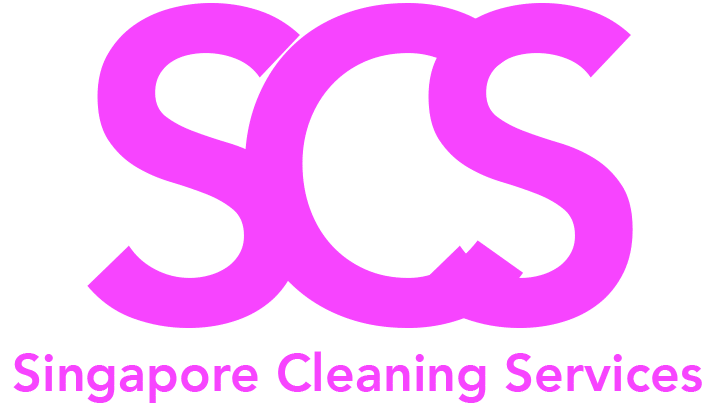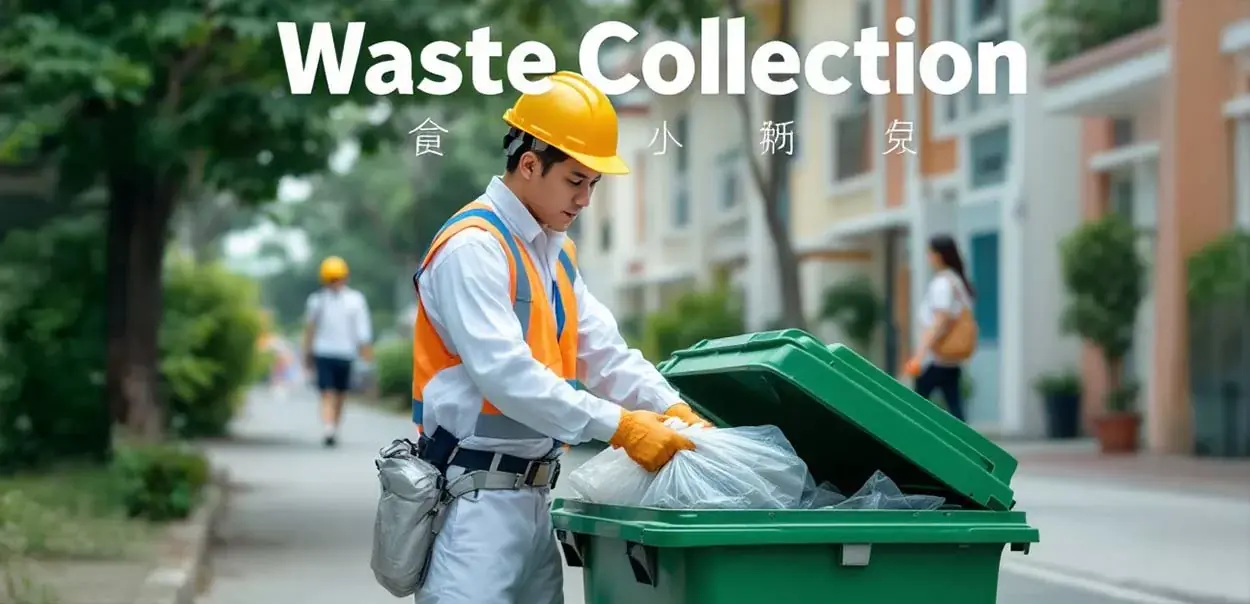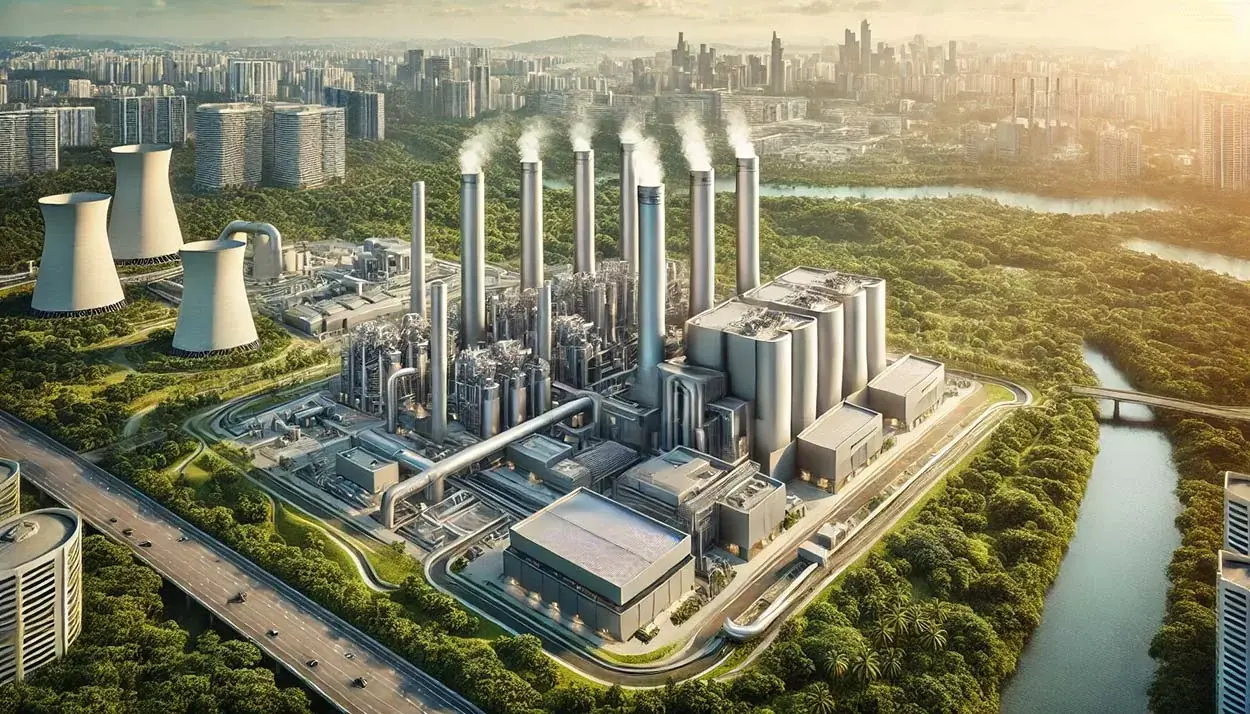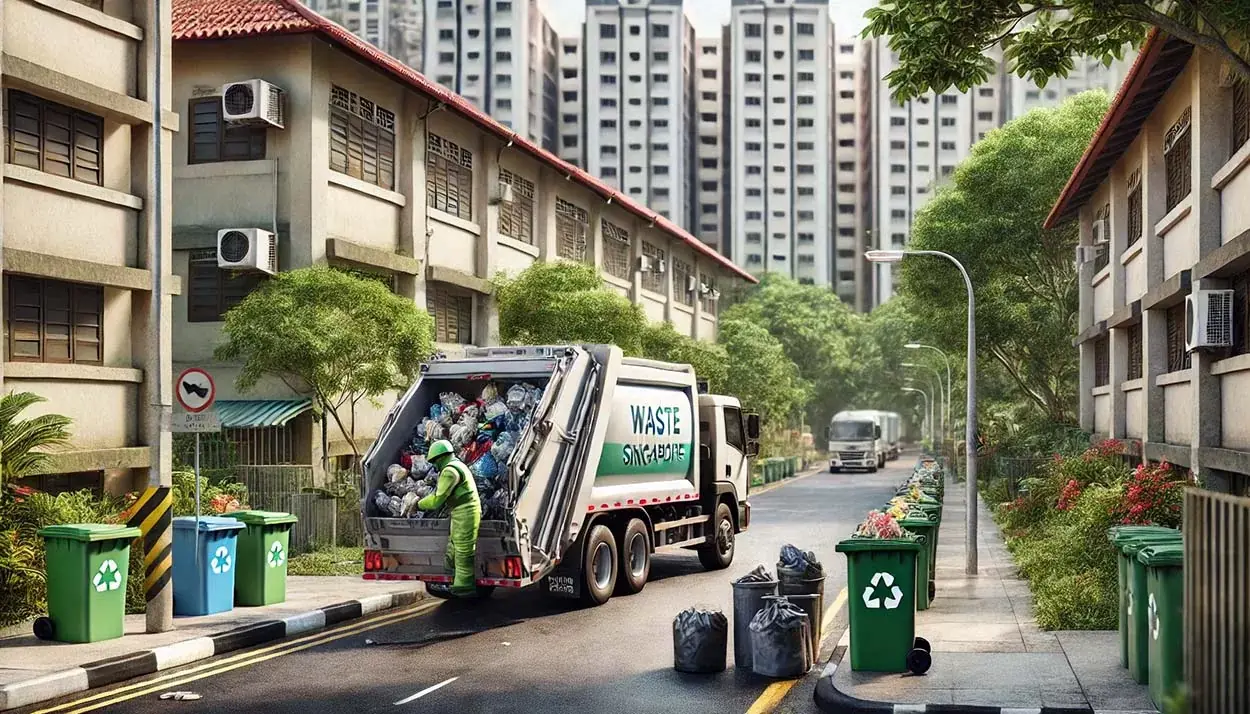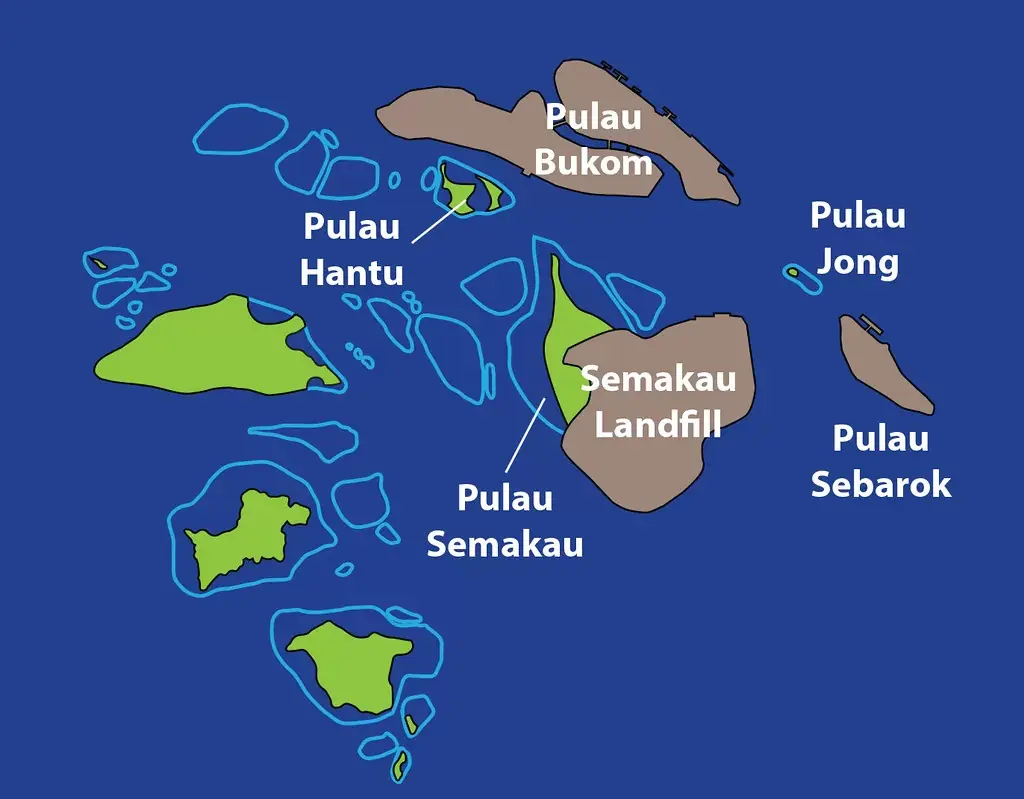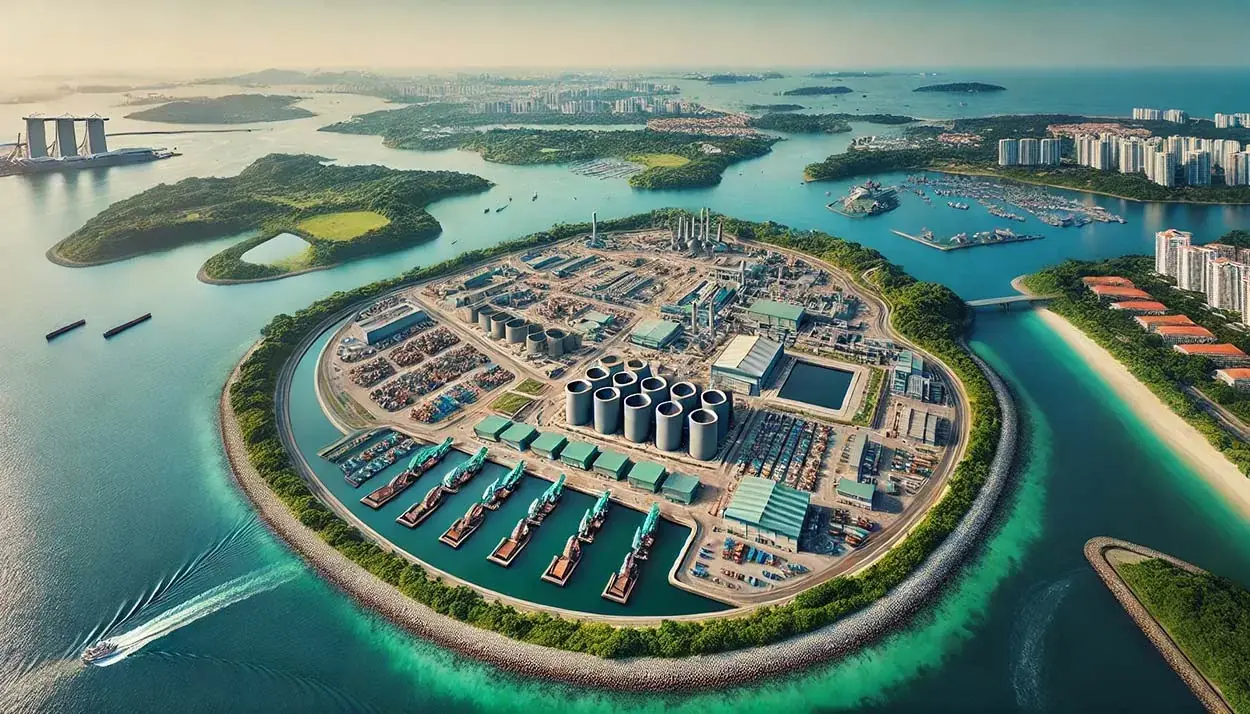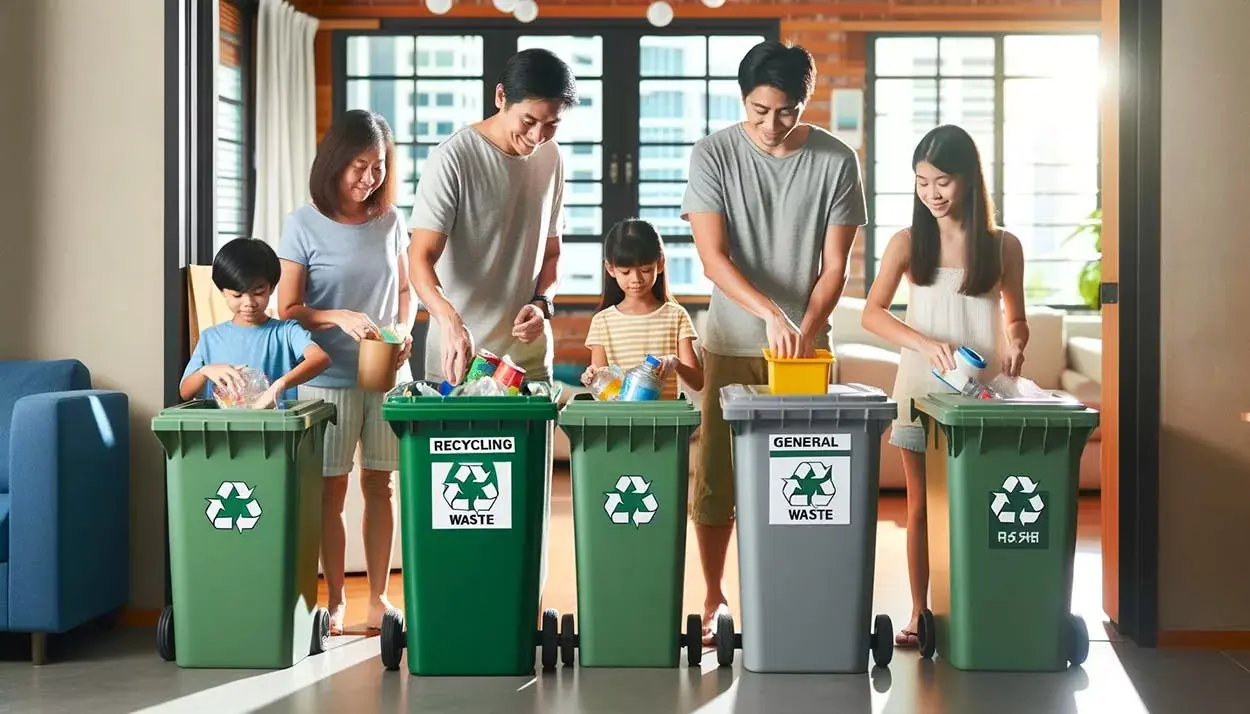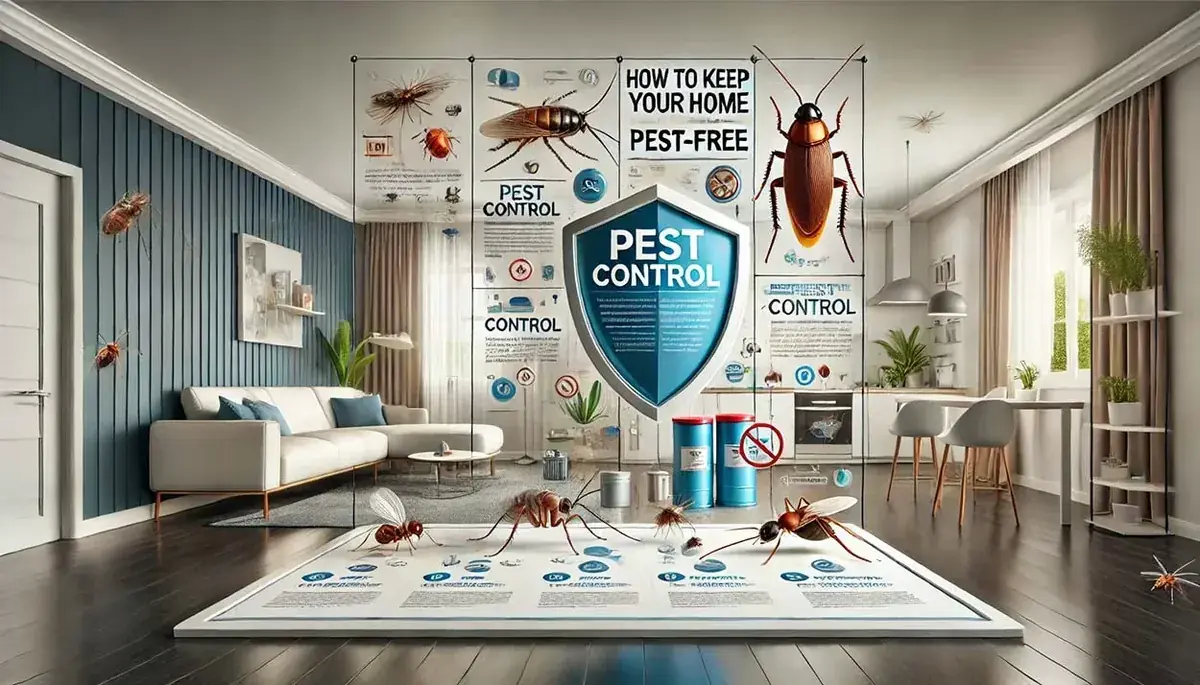Singapore’s reputation as a clean and green city isn’t just a happy accident—it’s the result of a meticulously designed waste collection system that works tirelessly behind the scenes. In this article, we explore how waste collection Singapore has evolved into an efficient, eco-friendly process that not only keeps our city sparkling but also supports innovative recycling and waste-to-energy practices.
Introduction
Imagine waking up in a city where trash disappears as reliably as your morning coffee is brewed. That’s Singapore for you. From the bustling HDB estates to the shiny commercial centers, waste is collected methodically every day, ensuring that clutter never becomes part of our urban landscape. In this post, we’ll dive into the ins and outs of waste collection Singapore, explaining how it all works, why it matters, and what the future holds. Whether you’re a curious resident or simply fascinated by how a densely populated island manages its waste, you’ll find plenty of engaging insights right here.
Overview of Waste Collection in Singapore
History & Background
Singapore’s journey toward efficient waste management began in the early days of independence. Back in the 1970s, waste was a growing problem as the city’s population surged. What started as rudimentary collection methods soon evolved into an integrated solid waste management system. By embracing modern technology and enforcing stringent regulatory measures, Singapore transformed from a city overwhelmed by rubbish to one renowned for its spotless streets and lush green spaces.
The evolution didn’t stop at just collection. The nation embraced innovative solutions—transitioning to waste-to-energy incineration plants and offshore landfills—to maximize resource recovery and minimize environmental impact. Today, Singapore’s waste collection system stands as a role model globally, a prime example of how effective public policy and innovation can work hand in hand.
Key Agencies and Systems
At the heart of this system is the National Environment Agency (NEA), which sets high standards for public health and environmental quality. NEA oversees everything from scheduling waste collection to managing recycling initiatives and running incineration plants. In partnership with a host of licensed waste collectors and private companies, NEA ensures that both residential and commercial waste is handled promptly and efficiently.
Local waste management firms work closely with NEA to provide tailored services across different sectors. Public-private partnerships play a crucial role in ensuring that waste collection Singapore remains innovative and sustainable. This collaborative effort makes Singapore’s waste management not only cost-effective but also environmentally responsible.
How Waste is Collected & Managed in Singapore
Residential vs. Commercial Collection
Singapore’s waste collection system is finely tuned to meet the unique needs of both residential and commercial areas. For homeowners, the system is designed with simplicity in mind. Every HDB block and condominium is equipped with standardized bins—typically one for recyclables and another for general waste. Garbage trucks make regular rounds, ensuring that your trash is picked up on time without requiring any special arrangements from residents.
For businesses, especially those generating large volumes of waste like shopping malls and factories, the process is more customized. Commercial waste management plans are tailored to account for the type of waste produced—whether recyclable materials, organic waste, or hazardous substances. This differentiation not only keeps commercial areas pristine but also enhances recycling rates by promoting proper segregation at the source.
Innovative and Eco-friendly Practices
Singapore is not content with merely collecting waste; it’s constantly innovating to reduce environmental impact. One standout practice is the use of waste-to-energy incineration plants. Instead of sending all trash directly to landfills, incineration converts waste into energy, thereby reducing the volume of rubbish and lessening the demand for additional landfill space. The resulting ash is further processed—and sometimes even repurposed—adding an extra layer of sustainability to the process.
Recycling initiatives are another cornerstone of Singapore’s approach. Despite challenges such as contamination, local campaigns continuously work to improve recycling rates. Public education drives encourage residents to rinse recyclables before disposal, while strategically placed recycling bins in high-traffic areas make it easier for everyone to participate. Over time, these efforts have started to yield impressive results, demonstrating that small changes at the household level can collectively make a big difference.
Local Examples and Initiatives
Case Studies & Local Initiatives
A shining example of Singapore’s commitment to effective waste management is Pulau Semakau. This offshore landfill isn’t your typical dumping ground—it’s a meticulously engineered facility that handles non-incinerable waste and incineration ash with minimal environmental impact. Spanning an area of 3.5 square kilometers, Pulau Semakau stands as a testament to Singapore’s innovative approach: it’s clean, odor-free, and even visually appealing, thanks to design features like impermeable liners and rigorous water quality checks.
Another notable initiative is the ongoing push toward a zero-landfill future as part of the Singapore Green Plan. Under this plan, efforts to reduce waste generation and boost recycling have seen significant success. Recycling rates have improved steadily—even as the total volume of waste has grown. Local campaigns, bolstered by public education and community outreach, are encouraging every Singaporean to play a part. Whether it’s sorting waste at home or participating in neighborhood clean-ups, the message is clear: every little bit counts in keeping our city clean.
Statistics and Data
Key Statistics Snapshot
Understanding the scale of Singapore’s waste management efforts becomes clearer when you look at the numbers. Here’s a snapshot of some key statistics that highlight the evolution of waste collection Singapore:
| Statistic | Value | Notes |
|---|---|---|
| Daily Waste Disposal (1970) | ~1,300 tonnes | Early days of waste collection |
| Daily Waste Disposal (2006) | ~7,000 tonnes | Reflects rapid urban growth |
| Recycling Rate (2000) | ~40% | Initial recycling efforts |
| Recycling Rate (2008) | ~56% | Improved due to integrated efforts |
| Recycling Rate (Recent) | ~57% overall; domestic around 12% | Highlights ongoing challenges in domestic recycling |
| Landfill Lifespan (Pulau Semakau) | Extended from 25–30 years to 35–40 years | Thanks to waste minimization and recycling initiatives |
These figures not only illustrate the challenges of managing waste in a rapidly urbanizing city but also underscore the significant progress achieved through strategic interventions.
Future Trends & Community Impact
Government Targets & Technological Innovations
Looking ahead, Singapore’s waste management system is set to become even more efficient. Government initiatives under the Singapore Green Plan are propelling efforts to reduce waste generation and raise recycling rates further. There’s ongoing research into new technologies that could extend the lifespan of facilities like Pulau Semakau by incorporating advanced waste treatment and metal recovery processes. The goal is to reduce the reliance on new incineration plants, cutting down on emissions and operational costs.
Moreover, emerging projects like smart waste collection systems are on the horizon. These systems will leverage digital tracking and real-time data analytics to optimize collection routes and schedules, ensuring that waste is collected in the most efficient way possible. By embracing technology, Singapore ensures that its waste management remains not only robust but also agile in adapting to future challenges.
Environmental and Community Benefits
The benefits of an efficient waste collection Singapore system extend far beyond just keeping the streets clean. Environmentally, effective waste management reduces greenhouse gas emissions by diverting waste from landfills and converting it into energy. This process minimizes the release of methane—a potent greenhouse gas—into the atmosphere, thus contributing to a healthier climate.
On a community level, a well-organized waste collection system instills pride among residents. Clean neighborhoods and well-maintained public spaces encourage sustainable habits and foster a sense of community ownership. When every individual takes part—whether it’s by sorting recyclables or participating in local clean-ups—the collective impact is significant. This communal effort not only helps preserve Singapore’s unique charm but also builds a stronger, more connected society.
Conclusion
Singapore’s waste collection system is a remarkable blend of careful planning, technological innovation, and community involvement. From its humble beginnings in the 1970s to today’s sophisticated, multi-layered approach, the evolution of waste collection Singapore has been nothing short of transformative.
By leveraging cutting-edge technologies like waste-to-energy incineration and embracing public-private partnerships, Singapore not only keeps its streets immaculate but also sets a global benchmark in sustainable urban living. The impressive statistics and ambitious government targets underscore a steadfast commitment to a greener future—one where waste is not merely discarded, but transformed into a valuable resource.
Next time you see a garbage truck making its rounds or hear about a new recycling initiative, take a moment to appreciate the hard work and ingenuity behind the scenes. Whether you’re sorting your recyclables at home or simply enjoying the fresh, clean air during your daily commute, remember that Singapore’s success in waste collection is a collective achievement that benefits everyone.
Let’s all do our part: rinse, sort, and dispose responsibly. A cleaner Singapore means a better Singapore for all of us, and every small action contributes to this larger goal.
For more insights on maintaining a pristine living environment, check out Singapore Cleaning Services, your trusted partner in keeping our homes spotless. And if you’re interested in the broader picture of waste management in our city, you might want to explore the detailed Waste Management in Singapore page on Wikipedia.
Together, we can ensure that Singapore remains the shining example of efficient waste management that the world looks up to.
